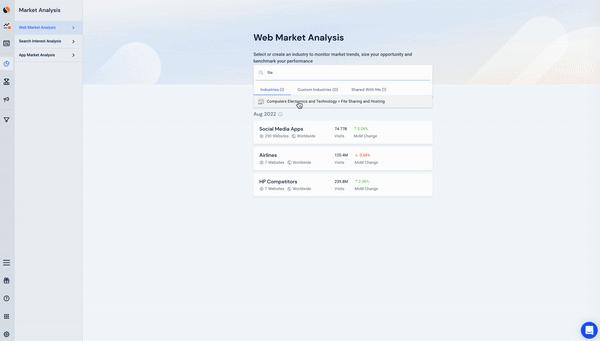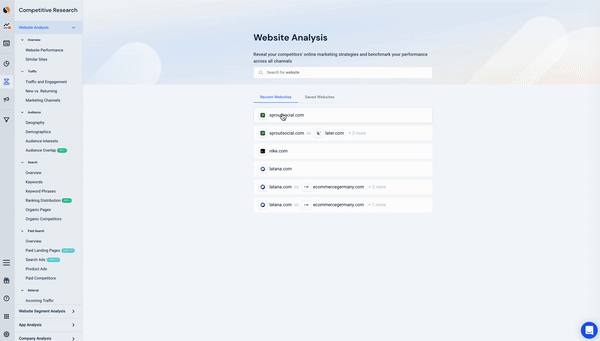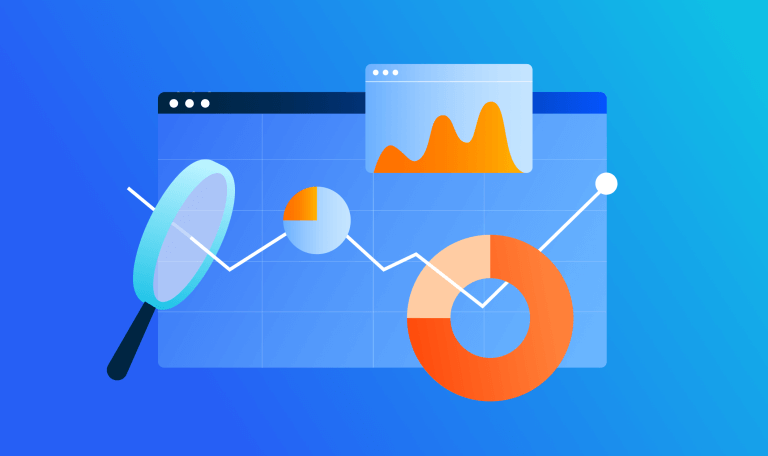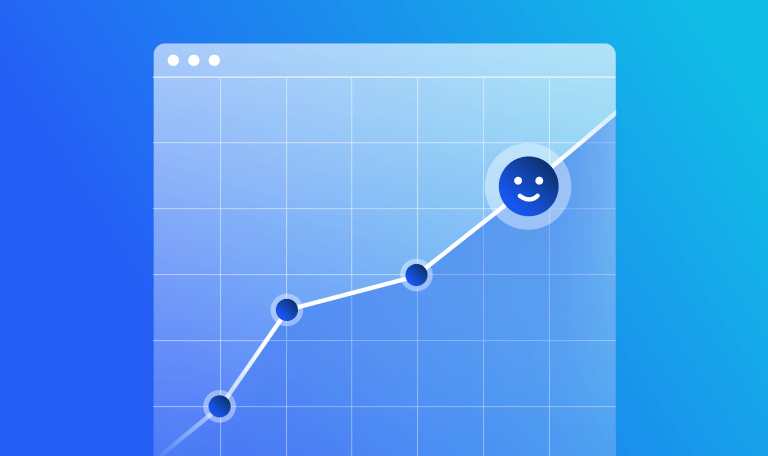Industry Vs. Market: The Differences Explained
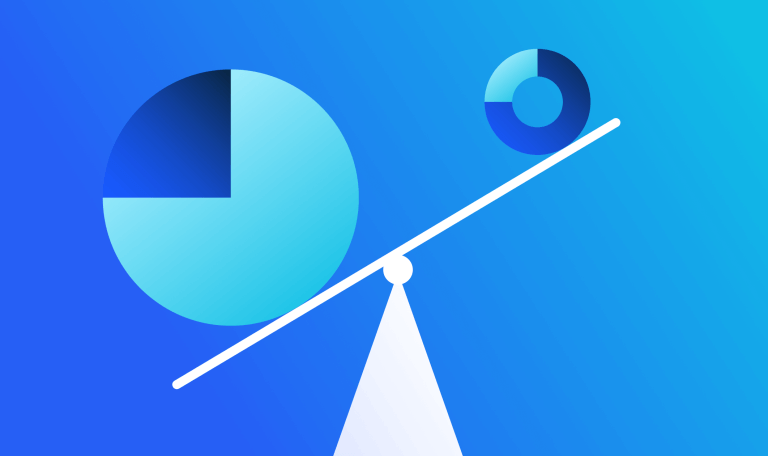
To analyze an industry or market, you’ll need to know and understand the key differences between each. Although they’re closely connected, they differ in definition, size, and nature.
Read on to learn the difference between a market vs. industry, and find out how to determine yours in a few easy steps.
Definition of industry
An industry is often named in a way that matches the primary product or service it offers. Think: banking, cosmetics, travel, renewables, finance, and insurance. In most major economies, industries are classified by a Standard Industrial Classification Code, which identifies each and every business according to its core business activities. It is a collection of companies offering products or services that function similarly, serve the same purpose, or seek to solve the same problem.
Definition of market
A market is the place where services or goods are transacted. Four of the core elements of a market include: sellers, consumers, price, and commodities. It’s where groups of customers buy industry-specific goods or services. A market can be split through a process called market segmentation. Each segment consists of different products or consumer groups. Dividing a market into segments enables organizations to deliver more targeted messaging, products, and offers.
For instance, in the insurance industry, a market could be defined by those who focus on life insurance, aka the life insurance market. In the renewables industry, an example of a market would be solar solutions for commercial clients.
Example of industry vs. market
A few practical examples of market vs. industry include:
Industry example: Insurance
Market examples: Healthcare insurance market, pet insurance market, auto insurance market
Industry example: Finance
Market examples: Mortgage market, personal loans market, currency market
Industry example: Travel
Market examples: Accommodation market, food and beverage market, tour operator market
Difference between industry and market
Now that we’ve covered the definitions of market vs. industry, it’s time to examine the key differences between each.
| Industry | Market | |
| Industry vs. market meaning | A group of companies that sell similar/competing products or services. | The place where goods or services are transacted. It’s made up of consumers, sellers, commodities, and prices. |
| How to analyze industry vs. market | Industry analysis looks at the specific companies that form an industry. Be those industry leaders or emerging players. | Market analysis is more granular than industry analysis. It looks at the people, product, positioning, and pricing within a market. |
| Market vs. industry: creation and demand | An industry is created by its participants, be they manufacturers, service providers, etc. | A market is created by demand for a specific product or service. |
| Market vs. industry: who is in each? | An industry is a group of companies or organizations. | A market is made up of buyers and sellers. |
| Examples of industry vs. market | Banking, telecoms, renewables, insurance, travel, cosmetics. | First-time buyer market,
Life insurance market, Commercial solar market. |
Market analysis vs. industry analysis
At this point, the differences between industry vs. market should be clear. So, it’s time to look at how to analyze each. Next, I’ll show you how to do a market analysis and industry analysis with the assistance of Similarweb Research Intelligence.
Both industry and market analysis give you vital insights that can help you plan for the future. Doing both helps you understand the current condition of an industry or market position, helping to steer and strengthen your approach and focus on driving efficient growth for your company.
Example of industry analysis with Similarweb
To analyze an industry, you need to look at industry leaders, emerging players, and industry trends, then track changes over time. Doing this will uncover:
- A company’s position in its industry
- The competitive landscape
- Opportunities to diversify, expand, or shift tactics
- Industry trends and changes
Here are three easy ways to do it.
1. Rank industry players
Every industry is made up of thousands of companies. Similarweb ranks each industry player by a range of metrics, such as:
- Bounce rate
- Average visit duration
- Number of visitors
- Session times
- No. of pages per visit
When harmonized, this shows you the respective standings and performance of relevant companies while exposing the key traits and tactics of each.
2. Track leaders and rising stars
You can learn a lot about an industry by analyzing its leaders and emerging players. Knowing who has the lion’s share, along with those grabbing growth at pace, can help you find interesting marketing channels and tactics. Use these insights to shape and adapt your strategy.
3. Benchmark your business
Whether looking at your own industry traffic share or that of others, it’s important to know how you stack up against your rivals by measuring the relative performance of your business today and over time vs. industry averages.
Similarweb’s benchmarking tools make all of this quick and easy; while giving you access to the freshest data there is.
In this example, I chose the TV streaming industry. In an instant, you see market size, market distribution and discover industry leaders and emerging players. This is further amplified by traffic and engagement stats that give you industry averages to benchmark against, and a quadrant analysis visual that plots industry leaders according to changeable engagement metrics.
Bonus: Establish industry-level audience loyalty metrics
Similarweb delivers enhanced industry analysis features, one of which is the ability to measure audience loyalty at an industry level. Being able to see metrics like this allows you to discover which industry players have the most loyal audience and analyze your own comparative performance.
Example of market analysis with Similarweb
To do a market analysis, you need to look at things like market size, ideal customer profile, consumer and website demographics, audience search interests, marketing channels, and more. This will uncover:
- Who your potential customers are
- Competitor strengths and weaknesses
- Which marketing channels and content is most effective
- The competitive landscape in a market and the size of your opportunity
Here are three easy ways to do it.
1. Audience demographics
Any business will benefit from understanding its audience. Whether it’s an existing group of customers, those belonging to your rivals, or the development of ideal customer profiles for a new business, getting to know your target audience always pays off.
With Similarweb’s audience insights tools, you can uncover statistical data that allows you to characterize an audience. Things like age, gender, location, and device preference; all of which help you create that all-important picture of who your customers are, so you can ensure your marketing resonates.
You can analyze the audience of any site in a few easy clicks: here’s how.
Here, I can see the geography of a site’s audience, including which countries the traffic is coming from. The audience demographics tab breaks down the gender and age of visitors. With audience interests and overlap, I get to see the browsing habits of an audience, along with audience loyalty stats – that show me other sites visited and more.
2. Competitive analysis
Competitive analysis is one of the most important elements of a market analysis vs. industry analysis as it focuses on unpacking the strengths and weaknesses of your rivals. From looking at their website traffic and engagement to their content, the different marketing channels, and the respective performance of each – so you get a clear picture of what is and isn’t working in a market.
An effective way to record your findings is by using a competitive analysis framework. This helps to guide the data you collect, shows you what metrics to use, and gives you a centralized place to store and refer back to your findings.
3. Market mapping
Market mapping is ideal for those who wish to enter a new market, increase market share, launch new products, or simply strengthen the position of their business in an existing market – so, it’s something all companies can benefit from.
You can market map your competitors. You can also do market mapping for products and for your target audience. By producing a market positioning map, you can effectively spot opportunities and establish a clearly defined way to position your business in a market.
Want to learn more? Read our complete guide to market mapping.
Wrapping up
Now you know the difference between industry vs. market, you should feel comfortable and confident to start analyzing each in its own right. While there are many sources of secondary research that will help you, the quickest, easiest, and most accurate way to do this is with Similarweb Digital Research Intelligence.
Similarweb’s suite of digital intelligence solutions offers unbiased, accurate, honest insights you can trust for analyzing any industry, market, or company.
Why Similarweb?
- Methodologies used for data collection are transparent and trustworthy.
- It updates dynamically–giving you the freshest data about an industry or market.
- Filter and refine results according to your needs.
- Clear presentation of data via an easy-to-use, intuitive platform.
- Data available via an API– so you can plug-in to platforms like Tableau or PowerBI and streamline your analyses
FAQs
What is the difference between industry and market?
A market comprises people, products, sellers, and prices; it’s where transactions and exchanges occur. An industry is a group of companies selling a specific product or service.
Does market mean industry?
No. An industry is a group of companies, whereas a market is a place where goods and services are transacted; it can be physical or online.
What is the difference between market and industry analysis?
Market analysis is more granular than industry analysis. As such, it takes more time but offers specific insights and opportunities that you can adopt to help you increase market share and grow. When you analyze an industry, you examine the key players and trends. When you analyze a market, it’s focused more on people, products, pricing, and positioning.
Track your digital metrics and grow market share
Contact us to set up a call with a market research specialist
